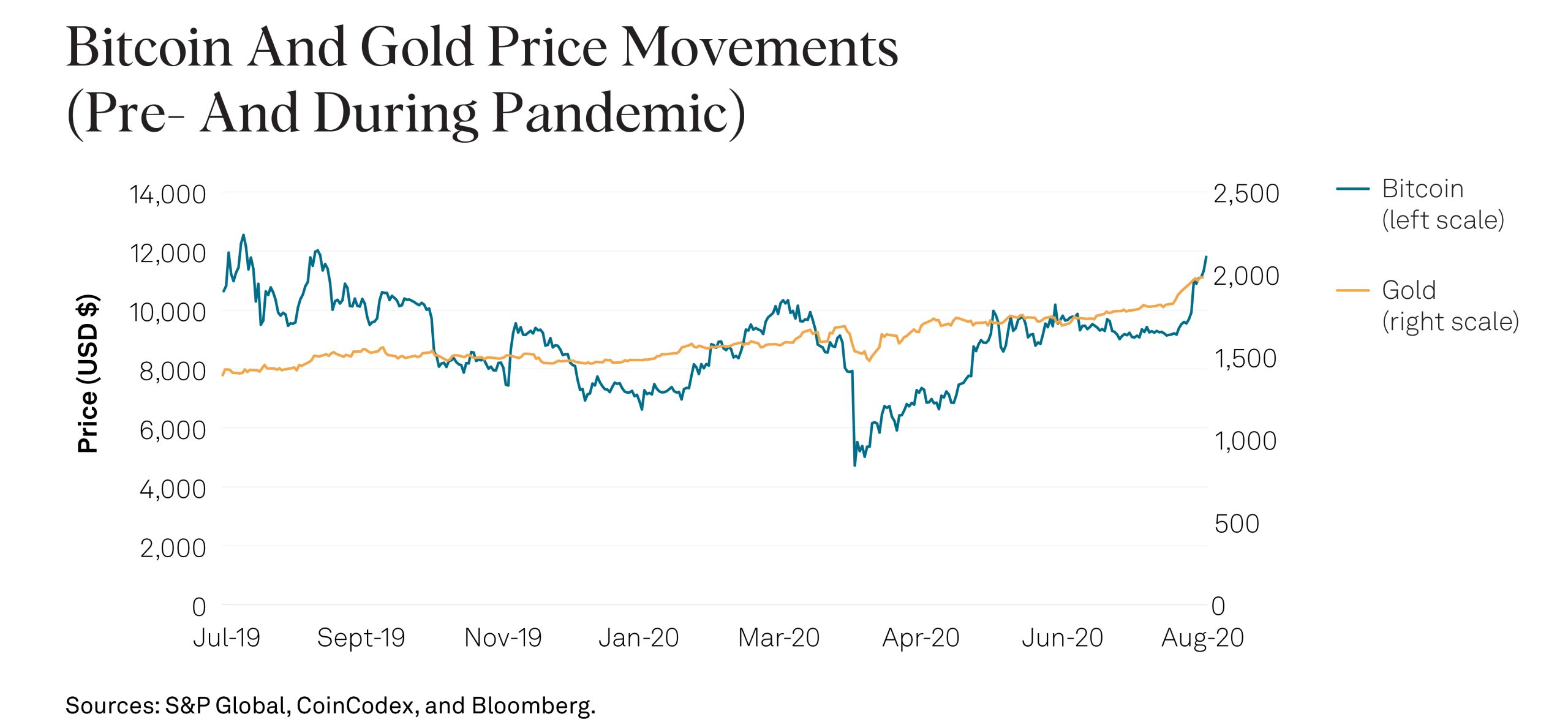Long-term Trends in Crypto Market Capitalization

- Understanding the Growth of Crypto Market Capitalization Over the Years
- Analyzing the Factors Influencing Long-term Trends in Crypto Market Capitalization
- Comparing the Market Cap of Major Cryptocurrencies and Their Evolution
- Exploring the Impact of Institutional Investors on Crypto Market Capitalization
- Predicting Future Trends in Crypto Market Capitalization Based on Historical Data
- Challenges and Opportunities in the Long-term Growth of Crypto Market Capitalization
Understanding the Growth of Crypto Market Capitalization Over the Years
The growth of the crypto market capitalization has been a remarkable phenomenon over the years. It is essential to understand how this market has evolved and expanded to appreciate its significance in the financial world.
In the early days of cryptocurrencies, market capitalization was relatively low, with only a few digital assets in circulation. However, as the popularity of cryptocurrencies increased, so did their market capitalization. This growth can be attributed to various factors, including increased adoption, technological advancements, and growing investor interest.
Over the years, the crypto market capitalization has experienced significant fluctuations, with periods of rapid growth followed by corrections. Despite these fluctuations, the overall trend has been upward, reflecting the increasing acceptance and integration of cryptocurrencies into the mainstream financial system.
One of the key drivers of the growth in crypto market capitalization has been the emergence of new cryptocurrencies and blockchain projects. These innovative technologies have attracted investors looking for new opportunities and have contributed to the overall expansion of the market.
As the crypto market continues to evolve, it is essential for investors to stay informed about the latest trends and developments. By understanding the growth of crypto market capitalization over the years, investors can make more informed decisions and capitalize on the opportunities presented by this dynamic and rapidly changing market.
Analyzing the Factors Influencing Long-term Trends in Crypto Market Capitalization
One of the key aspects to consider when analyzing the long-term trends in crypto market capitalization is the various factors that influence this metric. Several elements play a role in determining the overall market capitalization of the cryptocurrency market.
One significant factor is the adoption rate of cryptocurrencies. As more individuals and institutions start to use and invest in digital assets, the overall market capitalization tends to increase. This increased adoption leads to a higher demand for cryptocurrencies, which in turn drives up their prices and market capitalization.
Another crucial factor is regulatory developments. Regulations imposed by governments and regulatory bodies can have a significant impact on the crypto market capitalization. Positive regulatory news can boost investor confidence and attract more capital into the market, leading to an increase in market capitalization. On the other hand, negative regulatory developments can have the opposite effect, causing a decrease in market capitalization.
Market sentiment also plays a vital role in influencing long-term trends in crypto market capitalization. Positive news and developments within the crypto space can create a bullish sentiment among investors, leading to an increase in market capitalization. Conversely, negative news or events can create a bearish sentiment, causing a decline in market capitalization.
Technological advancements and innovations within the crypto space can also impact market capitalization. New technologies, such as blockchain scalability solutions or improved security measures, can attract more investors and users to the market, driving up market capitalization.
Overall, analyzing the factors influencing long-term trends in crypto market capitalization requires a comprehensive understanding of the various elements at play. By considering adoption rates, regulatory developments, market sentiment, and technological advancements, investors and analysts can gain valuable insights into the future direction of the crypto market.
Comparing the Market Cap of Major Cryptocurrencies and Their Evolution
When analyzing the long-term trends in the crypto market capitalization, it is essential to compare the market cap of major cryptocurrencies and track their evolution over time. This comparison provides valuable insights into the performance and popularity of different digital assets in the market.
Bitcoin, Ethereum, Ripple, Litecoin, and other leading cryptocurrencies have seen significant fluctuations in their market capitalization over the years. By examining the historical data, we can observe how these cryptocurrencies have grown or declined in value relative to each other.
For example, Bitcoin has consistently maintained its position as the largest cryptocurrency by market cap, dominating the market since its inception. Ethereum, on the other hand, has experienced rapid growth in market capitalization, becoming a strong contender to Bitcoin’s dominance.
Ripple and Litecoin have also shown promising growth in their market cap, attracting investors and traders looking for alternative investment opportunities in the crypto space. By comparing the market cap of these major cryptocurrencies, we can identify emerging trends and potential investment opportunities in the market.
Exploring the Impact of Institutional Investors on Crypto Market Capitalization
Exploring the impact of institutional investors on the crypto market capitalization is crucial in understanding the long-term trends in this space. Institutional investors, such as hedge funds, pension funds, and asset managers, have been increasingly entering the crypto market in recent years. This influx of institutional money has had a significant impact on the overall market capitalization of cryptocurrencies.
One of the key ways in which institutional investors have influenced crypto market capitalization is through their large-scale investments in digital assets. These investors have brought substantial amounts of capital into the market, leading to an increase in the overall market capitalization of cryptocurrencies. Additionally, institutional investors often take a long-term view of their investments, which can help stabilize the market and reduce volatility.
Furthermore, the involvement of institutional investors in the crypto market can also lead to increased legitimacy and mainstream adoption of digital assets. As more institutional players enter the space, it can help to build confidence among retail investors and the general public. This increased confidence can lead to further growth in market capitalization as more people are willing to invest in cryptocurrencies.
Predicting Future Trends in Crypto Market Capitalization Based on Historical Data
When it comes to predicting future trends in the crypto market capitalization based on historical data, it is essential to analyze patterns and fluctuations over time. By examining past performance, investors and analysts can gain insights into potential growth or decline in the market.
One approach to forecasting future trends is to look at long-term historical data to identify patterns and cycles. By studying how the market has behaved over extended periods, analysts can make more informed predictions about where the market may be headed in the future.
Another method is to use statistical models and algorithms to analyze historical data and identify trends that may indicate future market movements. By applying these tools to past data, analysts can create models that help predict potential scenarios for the market capitalization of cryptocurrencies.
It is important to note that while historical data can provide valuable insights into potential future trends, the crypto market is highly volatile and unpredictable. Factors such as regulatory changes, technological advancements, and market sentiment can all impact the market in ways that historical data may not account for.
Overall, by leveraging historical data and utilizing advanced analytical tools, investors and analysts can make more informed decisions about the future trends in crypto market capitalization. While no prediction can be 100% accurate, having a solid understanding of past performance can help guide investment strategies in the ever-changing world of cryptocurrency.
Challenges and Opportunities in the Long-term Growth of Crypto Market Capitalization
The **challenges** and **opportunities** in the long-term growth of the **crypto market capitalization** are crucial factors to consider for investors and stakeholders in the **cryptocurrency** space.
One of the main challenges facing the **crypto market** is **regulatory uncertainty**. Governments around the world are still grappling with how to regulate **cryptocurrencies**, which can create **volatility** and **uncertainty** in the market. However, this **regulatory uncertainty** also presents an opportunity for **innovation** and **adaptation** within the industry.
Another challenge is **security**. **Cybersecurity** threats and **hacks** have plagued the **crypto market**, leading to **losses** for investors and **damaging** the **reputation** of **cryptocurrencies**. **Improving** **security** measures and **building** **trust** with investors will be **key** to **sustaining** long-term growth.
On the **opportunity** side, **technological advancements** such as **blockchain** **scaling** solutions and **smart contracts** have the **potential** to **revolutionize** the **crypto market** and **drive** **adoption**. **Partnerships** with **traditional** **financial** **institutions** and **increased** **institutional** **investment** could also **boost** the **market** **capitalization** of **cryptocurrencies**.
In conclusion, while there are **challenges** to **overcome**, the **crypto market** also presents **exciting** **opportunities** for **growth** and **innovation**. By **addressing** **regulatory** **concerns**, **improving** **security**, and **leveraging** **technological** **advancements**, the **long-term** **growth** of **crypto market capitalization** can be **sustained**.



